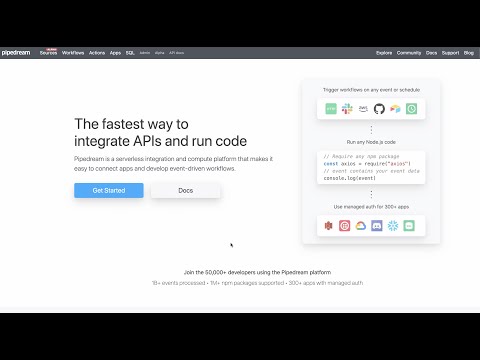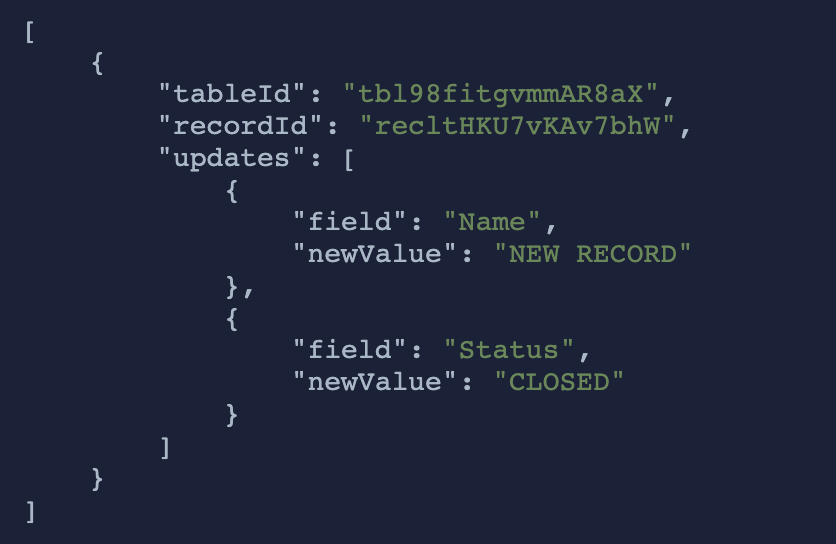What do you want to automate
with Salesforce and Slack?
Prompt, edit and deploy AI agents that connect to Salesforce, Slack and 2,800+ other apps in seconds.
Trusted by 1,000,000+ developers from startups to Fortune 500 companies
Popular Ways to Connect Salesforce with Slack#
Popular Salesforce and Slack Triggers#
Emit new event when a new message is posted to one or more channels
Emit new event when a case is updated. See the documentation
Emit new event when an email template is updated. See the documentation
Emit new event when a message was posted in a direct message channel
Popular Salesforce and Slack Actions#
Adds an existing contact to an existing campaign. See the documentation
Adds an existing lead to an existing campaign. See the documentation
Send a message to a public or private channel. See the documentation
Send a message to a user, group, private channel or public channel. See the documentation
Converts a SOAP XML Object received from Salesforce to JSON
Overview of Salesforce#
The Salesforce (REST API) provides a powerful platform for creating and managing customer relationships with a wide array of features like data manipulation, querying, and complex automation. With Pipedream's serverless execution, you can create workflows that automate your sales processes, sync data with other platforms, enhance customer engagement, and trigger actions based on specific events. Dive into Salesforce data, streamline lead management, track customer interactions, and push or pull data to or from Salesforce seamlessly.
Connect Salesforce#
import { axios } from "@pipedream/platform"
export default defineComponent({
props: {
salesforce_rest_api: {
type: "app",
app: "salesforce_rest_api",
}
},
async run({steps, $}) {
return await axios($, {
url: `${this.salesforce_rest_api.$auth.instancetype}/services/oauth2/userinfo`,
headers: {
Authorization: `Bearer ${this.salesforce_rest_api.$auth.oauth_access_token}`,
},
})
},
})
Overview of Slack#
The Pipedream app for Slack enables you to build event-driven workflows that interact with the Slack API. Once you authorize the app's access to your workspace, you can use Pipedream workflows to perform common Slack actions or write your own code against the Slack API.
The Pipedream app for Slack is not a typical app. You don't interact with it directly as a bot, and it doesn't add custom functionality to your workspace out of the box. It makes it easier to automate anything you'd typically use the Slack API for, using Pipedream workflows.
- Automate posting updates to your team channels
- Create a bot to answer common questions
- Integrate with your existing tools and services
- And much more!
Connect Slack#
import { axios } from "@pipedream/platform"
export default defineComponent({
props: {
slack: {
type: "app",
app: "slack",
}
},
async run({steps, $}) {
return await axios($, {
url: `https://slack.com/api/users.profile.get`,
headers: {
Authorization: `Bearer ${this.slack.$auth.oauth_access_token}`,
},
})
},
})
Related Videos#


Community Posts#
